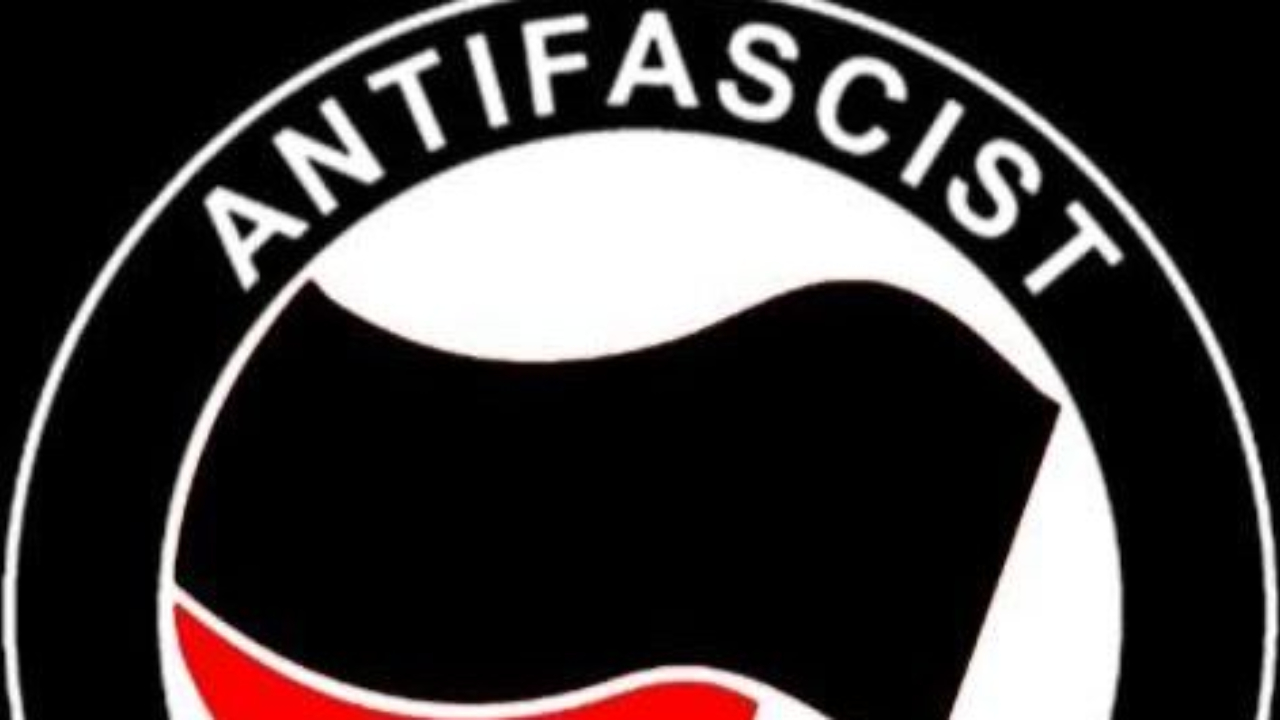What Is Antifa — and Why the Republican's Mischaracterization Matters
Oct 22, 2025
I’ve had it with the mischaracterization of Antifa that keeps coming from Republican leaders — and most alarmingly, from the President of the United States — as they try to criminalize any protest, demonstration, or disagreement that doesn’t align with their politics.
Let’s be clear from the start:
Antifa stands for anti-fascist.
That means the movement’s core mission is to oppose fascism — the very ideology that has historically led to dictatorships, mass violence, and the silencing of dissent.
So before anyone condemns Antifa, we should understand what it is, how it started, and what it actually stands for.
What Antifa Is (and Isn’t)
Antifa isn’t an organization. There’s no headquarters, no national leader, no membership dues, and no formal structure. Instead, it’s a loosely connected network of activists and community groups who believe in confronting fascism — sometimes literally — wherever it appears.
In that sense, Antifa is a movement, not a club. Its participants come from a range of left-wing ideologies: anarchists, socialists, anti-racists, and ordinary citizens who simply refuse to sit back while hate groups grow louder.
And here’s the key point: Antifa doesn’t advocate fascism, violence, or authoritarianism — it resists those things.
A Short History of Antifa
Antifa’s roots go back almost a century — to Europe in the 1920s and 1930s, when fascist movements led by Benito Mussolini in Italy and Adolf Hitler in Germany were gaining power.
Working-class citizens, socialists, and labor unions formed anti-fascist fronts to push back. These groups saw early on what fascism really was: not just nationalism, but violent suppression of opposition and the consolidation of power under a single dictator.
When those same fascist movements triggered World War II, anti-fascist resistance became global. After the war, “Antifaschistische Aktion” (Anti-Fascist Action) reemerged in Germany, and similar groups spread through Europe — from Britain to France to Spain — wherever far-right movements tried to rebrand themselves.
In the United States, modern Antifa took shape in the 1980s, when white supremacist and neo-Nazi groups were marching in the streets without fear of consequence. Anti-fascist activists began organizing counter-demonstrations and community defense groups to challenge those displays of hate.
By the 1990s and early 2000s, Antifa was showing up at protests against global economic summits — like the 1999 WTO (World Trade Organization) meeting in Seattle. I remember that moment well. The tension was thick. Police in riot gear on one side, protesters in scarves and helmets on the other. Tear gas filled the air as activists pushed back against what they saw as a global corporate machine exploiting workers and the environment.
And yes, Antifa’s tactics were often confrontational — direct action, not polite conversation. But in their view, that’s what it takes to resist fascism, because fascism rarely asks permission before it takes over.
What They Want — and What They Oppose
At its core, Antifa’s goal is simple:
To prevent fascism from taking hold — politically, socially, or culturally.
That means they oppose:
-
White supremacy and racist violence
-
Authoritarianism in any form
-
The targeting of immigrants, LGBTQ+ people, and other marginalized groups
-
The spread of propaganda that normalizes hate or erases history
And they fight for:
-
Democracy and freedom of speech (for all people, not just the powerful)
-
Human rights and equality
-
The right to protest injustice without being criminalized
When Antifa “shows up,” it’s usually because fascists have shown up first — marching, organizing, or threatening violence. The group sees itself as a shield, not a sword.
The Political Weaponization of Fear
Here’s where the problem lies.
Right-wing politicians have taken the existence of Antifa and turned it into a boogeyman — a catchall label for anything that challenges their power.
If a crowd protests police brutality? “Antifa.”
If young people speak out against racial injustice? “Antifa.”
If journalists expose government lies? “Antifa.”
By painting the movement as an organized terrorist threat, they’re able to justify violence, surveillance, and new laws designed to suppress legitimate dissent.
That’s the real danger — not Antifa itself, but what’s being done in its name.
Why We Should Pay Attention
If you believe in democracy, you should be wary of anyone who uses “anti-fascism” as an insult.
If you believe in equality, you should question why those fighting against racism are the ones being criminalized.
And if you believe in freedom, you should recognize that history shows us exactly where fascism leads — and it never ends well for anyone.
The truth is, Antifa didn’t create the violence or division in this country. It’s responding to it. You don’t have to agree with every tactic to understand the principle: when fascism rises, silence is complicity.
In Summary
Antifa began as resistance to tyranny — and while it has evolved, its core message hasn’t changed: stand up against hate, authoritarianism, and the suppression of truth.
Labeling anti-fascists as enemies of America is a dangerous twist of language that should concern us all. Because if being against fascism makes someone “the problem,” then maybe we need to ask — what kind of nation are we becoming?
Stay connected with news and updates!
Join our mailing list to receive the latest news and updates from our team.
Don't worry, your information will not be shared.
We hate SPAM. We will never sell your information, for any reason.

